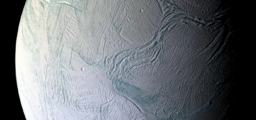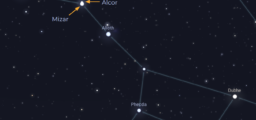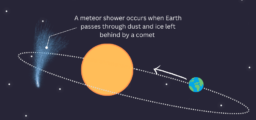Planets and Stars of the Spring Sky
As we look ahead to the passage of an unusually cold and wet winter, amateur astronomers with Kanab’s Stellar Vista Observatory (SVO) are optimistic about the sky conditions for the next observing event in their 2023 series of free public star parties. If you love the night sky glittering with stars, seeing them through the eyepiece of a telescope adds an extra thrill!
SVO’s March star party will take place Friday, March 24, from 7:00 pm to 10:00 pm at a location dubbed the “Zion View” star field. It’s on BLM land at the west end of old Hwy. 89, 13 miles north of Kanab, near the 6100-foot summit and Diana’s Throne. The site is at the opposite end of a six-mile improved dirt road from BLM’s Peekaboo Trailhead. Arrive by 8:45 if you can. Here’s how to get there.
Traveling on US 89 North from Kanab, look for a small sign marking the “6100 Foot Summit”, the high point between Kanab and Mt. Carmel Jct. Proceed one tenth mile or so and make the next right turn onto a hard packed dirt road that crosses a cattle guard and leads to the star field location, also in less than a tenth mile. While traveling on the highway, when you see the 6100 Summit sign, start slowing down, use your turn signal and look for a narrow road on your right. If you start down the grade toward Mt. Carmel Junction on the highway, you missed the turn. If you’re coming from Mt. Carmel, reverse the directions and turn left just before the Summit sign. Please drive carefully!
After exiting the highway, turn right at the Tee and park, then walk back to the area where telescopes are set up. There are no facilities at this site. Red flashlights only, please!
On this night toward the west a lovely crescent moon, 12% illuminated, will be among the first of the evening’s eye catching celestial objects. As twilight progresses, the moon and planets Venus, Jupiter and Mercury, all aligned along the ecliptic, will appear to descend, one by one, below the western horizon. Mercury vanishes first, at 8:10 pm, followed by Jupiter some thirty minutes later. Venus, just 7 degrees west of the moon, remains visible for another two hours. But that’s not all!
By 9:00 pm the sky will have become fully dark, a time identified as the end of astronomical twilight, roughly an hour and a half after sunset. That’s when the stars begin to shine with their greatest brilliance, and objects of lesser magnitude can be seen. One of those is the distant planet, Uranus, seventh furthest out, close to twenty times as far as Earth is from the sun. At magnitude 5.8 and just 1.5 degrees from the moon, it may look to the naked eye like a dim star. Locatable and observable with small and medium sized telescopes, but visible only as a blue-green dot, Uranus will be one of the evening’s prime targets. Tiny, yes, but thrilling nonetheless to know that we can observe a member of our solar system 1,895 million miles away. Wow!
Uranus is one of three gas giants orbiting our sun and is the third largest planet in the solar system. Its core of water, methane, and ammonia appears to generate no heat, causing its cloud temperature to hover near minus 360 degrees F. Brrrrrr. Maybe winter in southern Utah isn’t so bad after all!
From 8:45 pm on, SVO’s telescopes will be aimed at a wide range of star clusters, nebulae and galaxies visible in the early spring sky. Dress warmly! https://stellarvistaobservatory.org/






Comments are closed.